Osteoarthritis is not only an immense burden for dogs, but also for their owners: everyday life is suddenly different. And at the back of many dog owners' minds is the question of how best to help their four-legged friend, alleviate their pain and make their lives as comfortable as possible. After all, in addition to joint pain, osteoarthritis can also lead to abdominal pain and pressure sores in your dog. And your dog's lying position is also an important factor if he suffers from osteoarthritis.
Are you one of those dog people who only want the best for your pet? Has your dog been diagnosed with "degenerative joint disease" by the vet or would you like to prevent possible osteoarthritis? Then join us on an exciting journey: Learn about the symptoms, natural treatment options, naturopathic remedies for pain relief and preventive measures.
Osteoarthritis in dogs? What is it actually?
Before we look at the symptoms, options for pain relief and preventative measures, it is worth taking a comprehensive look at the causes of osteoarthritis. Your vet may have already explained to you that osteoarthritis is a so-called degenerative joint disease. This involves the breakdown of joint fluid and joint cartilage. Healthy joints consist of articular cartilage as a "shock absorber" and the protective synovial fluid. The synovial fluid is like a kind of natural lubricant that coats the joint cartilage. In osteoarthritis, more enzymes are produced that break down the joint cartilage. This creates fissures in the cartilage mass, which release individual pieces of cartilage in the joint. This results in inflammatory processes, which in turn contribute to the formation of degrading enzymes. Wear and tear is then further promoted by the breakdown of the synovial fluid. As the cartilage breaks down, the body produces less of this protective substance. You can imagine the pain your dog experiences as a result.
How to recognize osteoarthritis in your dog
Unlike us humans, dogs are not born with whining. This is why the disease initially remains undetected by the owner for a long time. It is only when the dog is already suffering from severe pain that we humans recognize that our pet is suffering from a joint disease. You can use the following symptoms to recognize whether your four-legged friend may be affected by osteoarthritis:
✓ Does your dog have a stiff and lumbering gait?
✓ Does he often adopt a reclining posture?
✓ Does your darling often nibble on his paws/one of his joints?
✓ Does he find it difficult to sit/lie down?
✓ Does he have difficulty getting up after long periods of rest?
✓ Do his starting difficulties disappear after prolonged exercise?
✓ Does he no longer jump into the car, onto the couch, into bed?
✓ Does he no longer like to run?
✓ Does he have problems climbing stairs?
✓ Does your dog get exhausted more quickly and often stops or even sits down during walks?
✓ Does your dog often change his lying position when sleeping?
✓ Are his joints swollen or particularly warm?
✓ Do his symptoms worsen in cold and wet weather (e.g. in autumn/winter)?
Important to know: The symptom list does not replace a diagnosis by a vet. It only serves as a first point of reference. There may be other causes for the symptoms listed. Therefore, if in doubt, always present your pet to a doctor or veterinary practitioner you trust.
How does osteoarthritis develop in dogs?
First of all, there is no one-size-fits-all answer to this question. There is not just one cause, but rather a variety of aspects that can lead to this degenerative joint disease. There are two forms of osteoarthritis:
Primary osteoarthritis is caused by age-related wear and tear. Especially dogs that are very active in sports run the risk of suffering from this chronic joint disease in old age.
There are several possible causes of secondary osteoarthritis, such as
- Untreated joint inflammation (arthritis)
- Old breaks
- Overweight
- Inherited joint anomalies
- Too protein-heavy diet in puppyhood
- Nutrient deficiency
Healthy diet and dietary supplements for osteoarthritis in dogs
Diet plays a role that should not be underestimated, both in terms of prevention and treatment options. As dogs with osteoarthritis suffer from chronic inflammation in the affected joints, the owner should avoid feeding grain if possible. Conventional cereals can trigger so-called silent inflammation in the body and cause massive damage, not just to the intestines. If you don't want to deprive your dog of carbohydrates, you can switch to gluten-free pseudo-grains such as quinoa, millet and the like. Important: if your dog suffers from allergies or intolerances, discuss the change in diet with your vet first.
Paracelsus already knew that health always begins in the gut. This also applies to dogs with osteoarthritis. That is why owners should always pay attention to good intestinal health, supply it with healthy microorganisms and regularly eliminate harmful substances. Cures with bog extract, bentonite or zeolite, for example, are suitable for this. Important: please remember, however, that they must be taken after any tablets so that the active ingredients are not inadvertently excreted.
Omega 3 should never be missing from the diet of an osteoarthritis patient and for prevention. It can relieve inflammation and pain. Supplements such as MSM, chondroitin and glucosamine have also proven their worth many times over in therapy. These are natural food supplements that your dog's body produces itself to some extent. You can obtain these nutrients from your vet or from special online stores.
Natural remedies to relieve the pain of osteoarthritis in dogs: pay attention to the lying position when in pain
In addition to prescription painkillers from the vet, more and more dog owners are using natural remedies to relieve pain. CBD oil in particular appears to be a sensible treatment option here. The herbal remedy not only helps to relieve pain, but also has an anti-inflammatory effect. The natural product made from hemp does not contain THC and is therefore not addictive. Important: CBD binds to the pain receptors in the brain and should therefore never be used together with chemical painkillers, as these can otherwise accumulate in your dog's body and lead to poisoning.
He who rests, rusts: Dogs with osteoarthritis need a healthy amount of exercise
Exercise in particular can be a real challenge for many owners of dogs with osteoarthritis. After all, nobody likes to see their pet suffer. And your dog shouldn't - but he does need regular exercise to maintain his mobility and muscles. This is the only way to produce sufficient synovial fluid to protect the joint and joint cartilage.
How much exercise is recommended for dogs with osteoarthritis?
Unfortunately, we can't give you any general advice at this point, because every dog is unique. It's best to plan your daily walks so that you can go back at any time. Take a break together on a comfortable dog mat that protects you from the cold and wet ground. This is not only good for your dog, but also for you.
Make the breaks a highlight for your four-legged friend by organizing a little picnic. A few small snacks and some water will quickly make him forget the pain in his musculoskeletal system for a moment. You can comfortably transport your outdoor mat, water bottles, snacks and much more in a light and comfortable rucksack.
Always pay attention to your pet's signs when walking. He will show you when he would rather go back. Many dogs find it frustrating when they can't do as much as they would like. It is therefore better to walk small laps several times a day instead of one big one.
Even if the weather is not always inviting and your four-legged friend's pain may worsen in the wet/cold, dogs with osteoarthritis need sufficient exercise every day. Especially in rain, snow, wind or cold, comfortable dog clothing, such as winter or rain coats, are ideal to protect your dog's muscles, joints and musculoskeletal system in the best possible way. The coat should also be waterproof and at the same time temperature-regulating so that your furry friend is neither too warm nor too cold. Our KAPPA dog coat is the perfect companion.
If you've been caught in the freezing rain and your four-legged friend hasn't had a protective coat on, you should definitely dry him off or wrap him in a cozy bathrobe.
Physiotherapy for osteoarthritis in dogs: how to relieve pain and maintain mobility
Targeted muscle development is extremely important, especially for dogs with osteoarthritis, to relieve pressure on the joints, but can also make a valuable contribution to prevention. Regular physiotherapy can not only help to maintain mobility, but also to relieve pain. When our pets suffer musculoskeletal pain, they often adopt a relieving posture to avoid painful strain. However, this results in additional tension, which can sooner or later lead to wear and tear on the musculoskeletal system. Physiotherapy loosens the entire musculature and strengthens mobility in the long term. The therapy options are wide-ranging and range from targeted exercises to massaging tense muscles.
Prudent dog owners can also integrate exercises to maintain mobility into everyday life. Passive movement exercises in particular are easy to perform and also strengthen the relationship between dog and owner. With this type of exercise, the dog owner is in demand.
Exercises for you and your dog suffering from osteoarthritis and pain - here's how:
Your dog should stand on a non-slip surface during the exercise. Sit next to your furry friend and carefully grasp a joint on the front leg and lift it slightly. What sounds simple is actually quite challenging. Your four-legged friend now has to keep his balance and is training his muscles in the process. Perform this exercise with all four legs in succession. Five seconds per paw joint is enough to start with. Over time, you can increase to 20 seconds per leg. If your dog has difficulty with the exercise, you can also support him slightly under his belly.
Tired dog: which lying position is recommended for your dog to relieve pain?
How do you like to lie when you're in pain? On a saggy mattress or do you prefer to lie comfortably and relieve as much pressure as possible? That's right, a suitable dog bed plays a crucial role in the everyday life of a dog with osteoarthritis and is an important pillar among the treatment and prevention options. This is because a relaxed lying position can relieve your dog's pain if it suffers from osteoarthritis. If your four-legged friend is absolutely pressure-relieved and lying comfortably, you can also significantly counteract the breakdown of the muscles and thus contribute to pain relief in the joints at the same time. Ideally, you should choose a dog bed with an orthopaedic lying surface and an edge so that your furry friend can relax undisturbed and find a pain-free lying position. Incidentally, our bestseller KUDDE meets all the criteria for providing optimum support for dogs with joint disease and can also prevent this disease in a natural way.
Is your dog plagued by osteoarthritis? Does he have pain when lying down and can't find the right position? What experiences have you had? Let us know in the comments.


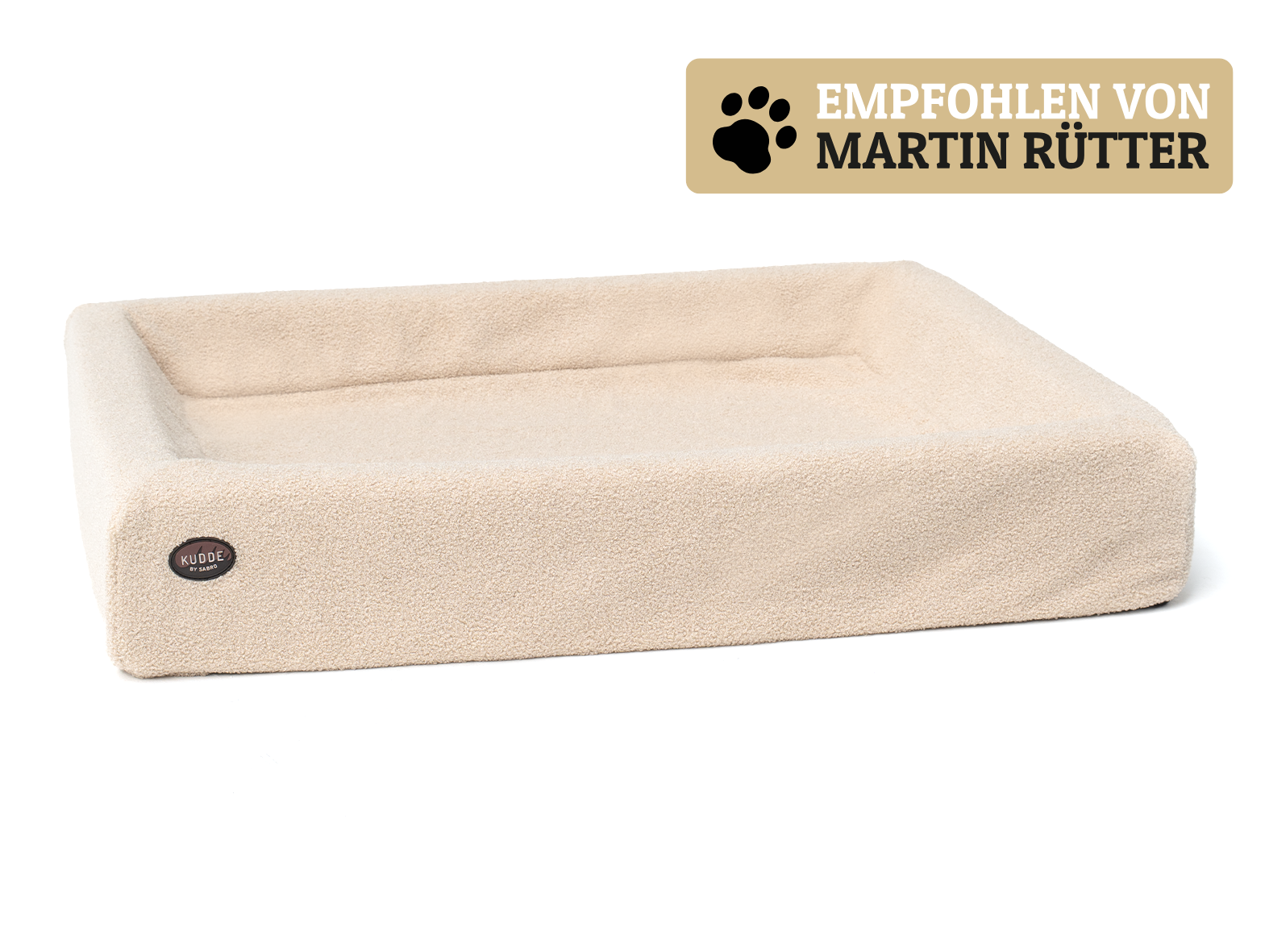
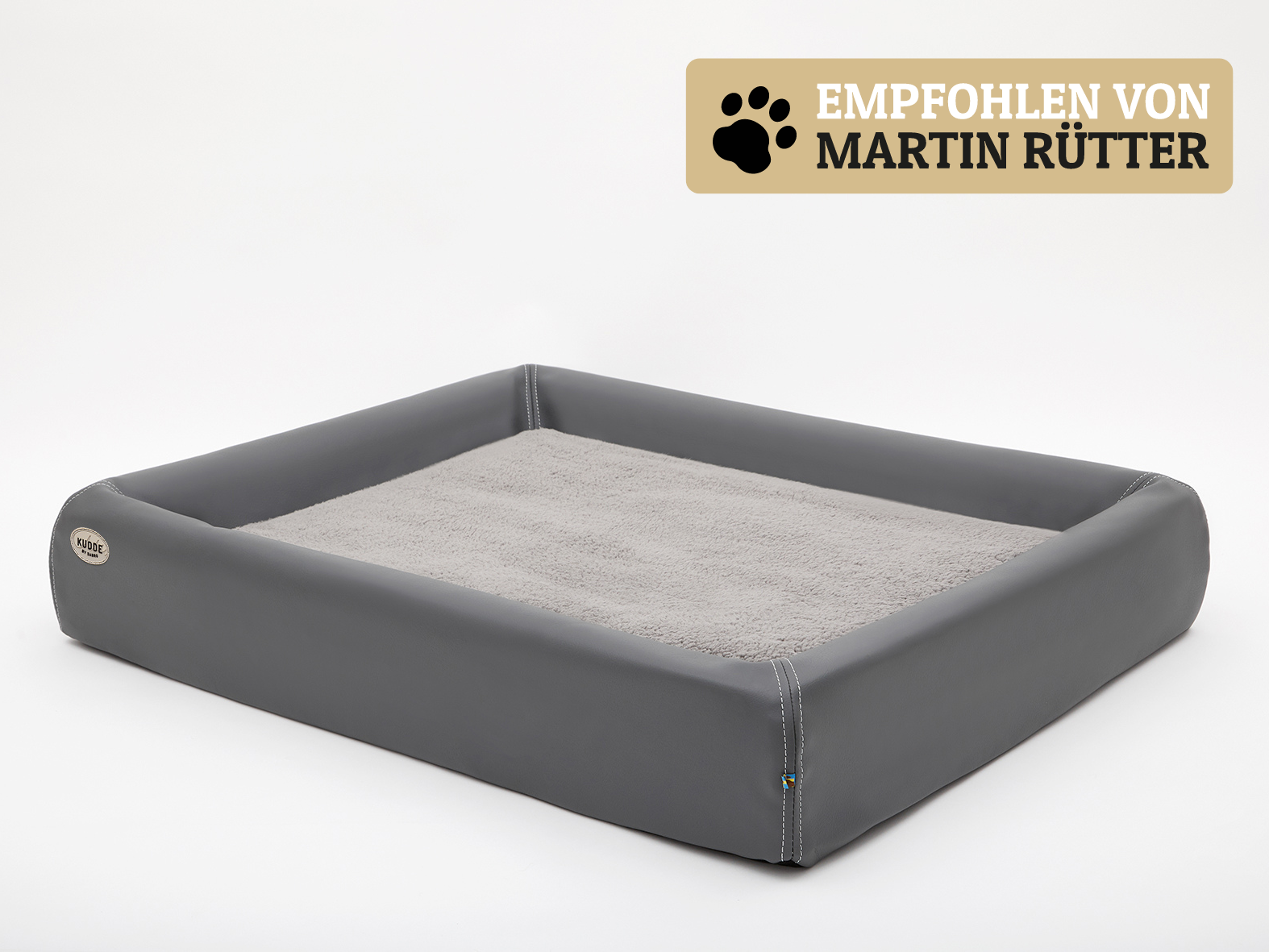
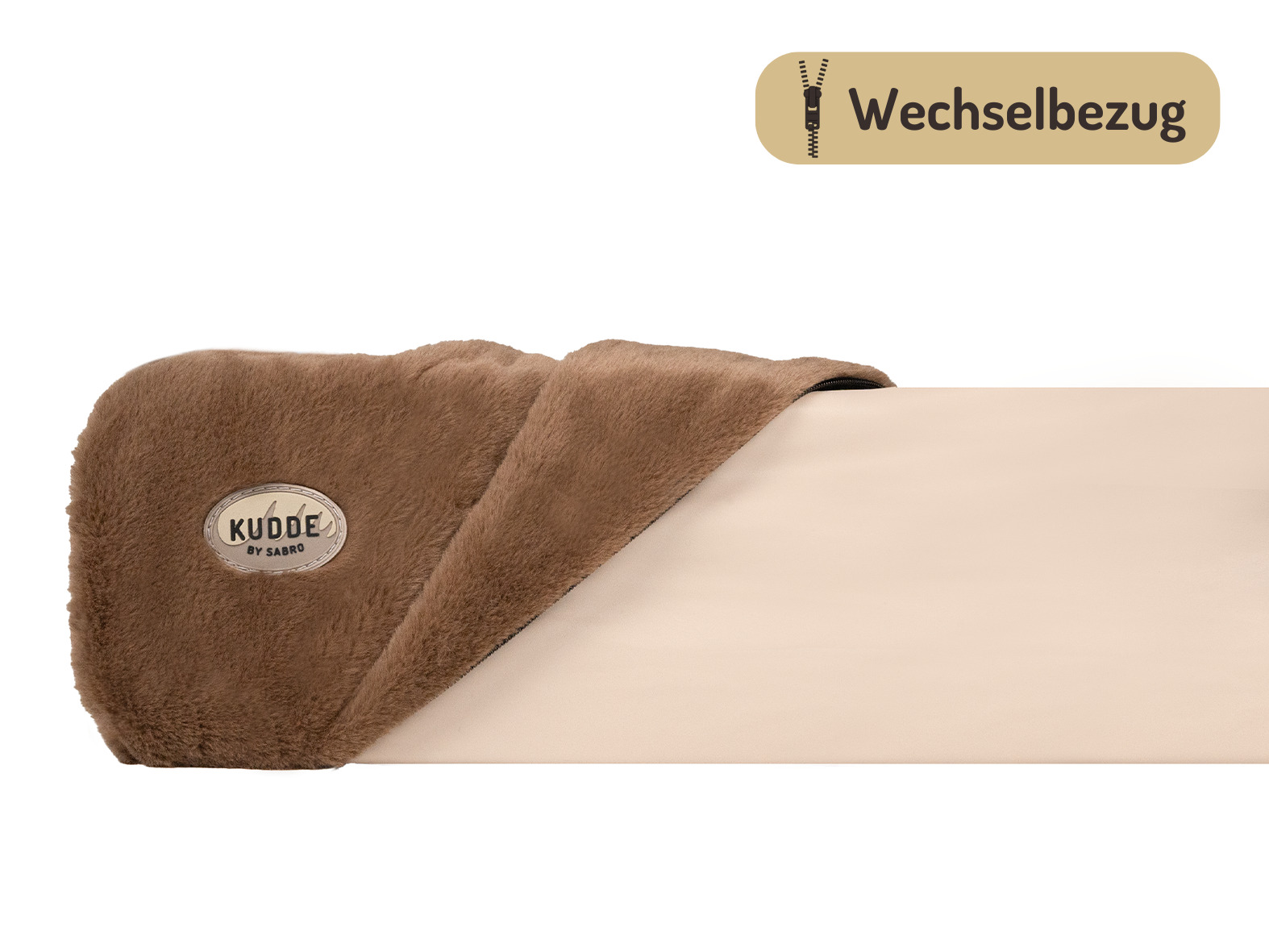
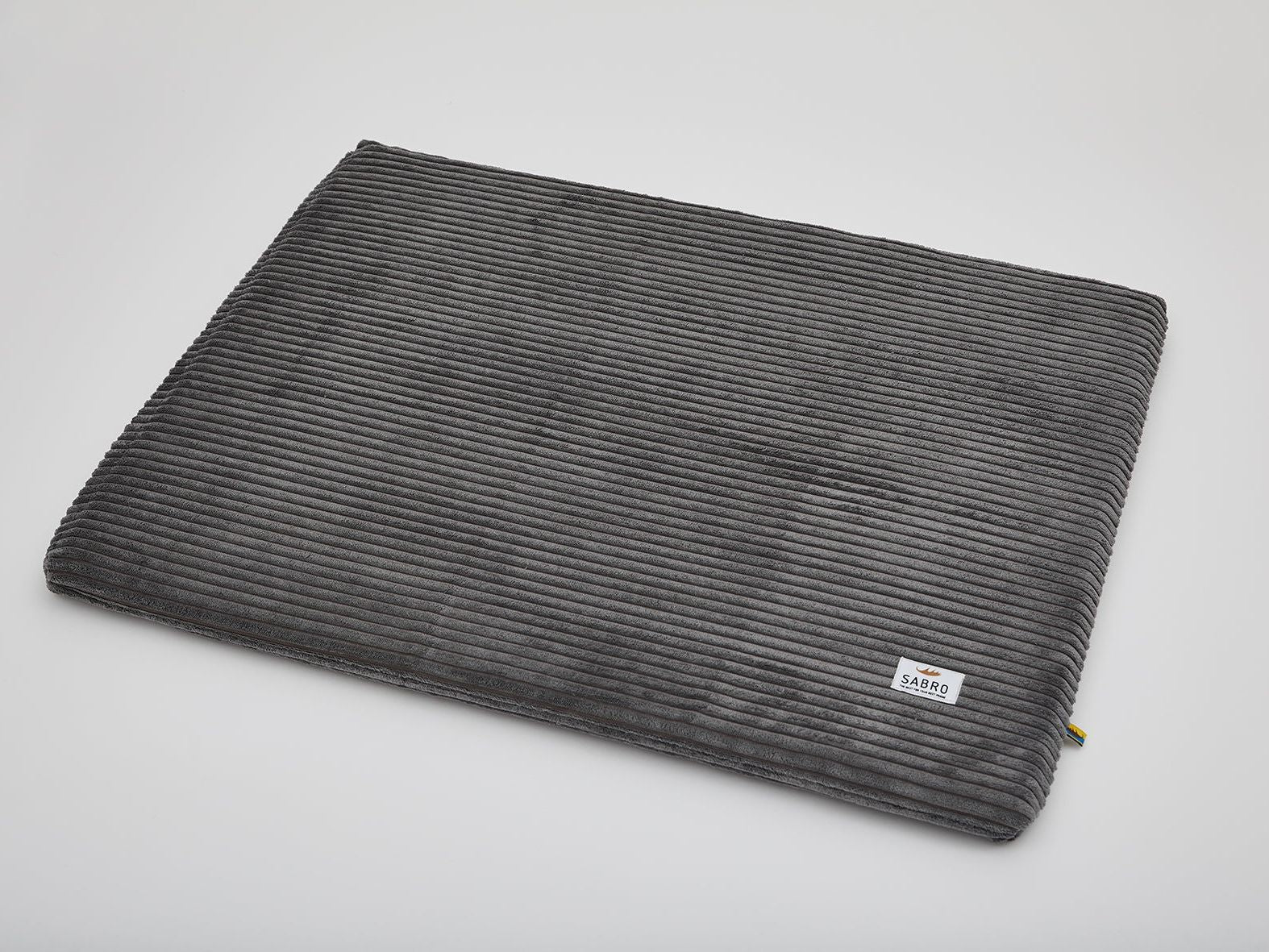
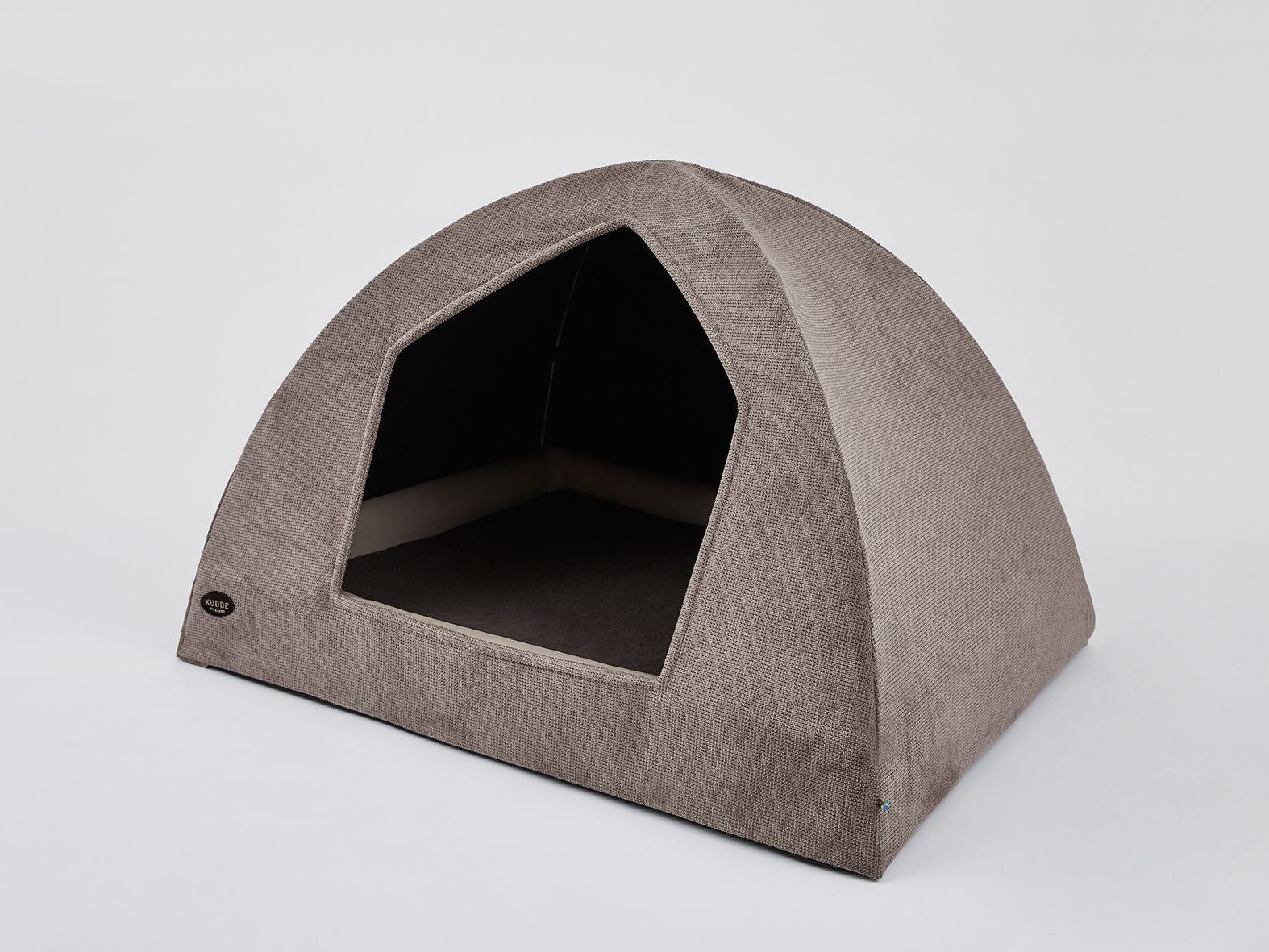
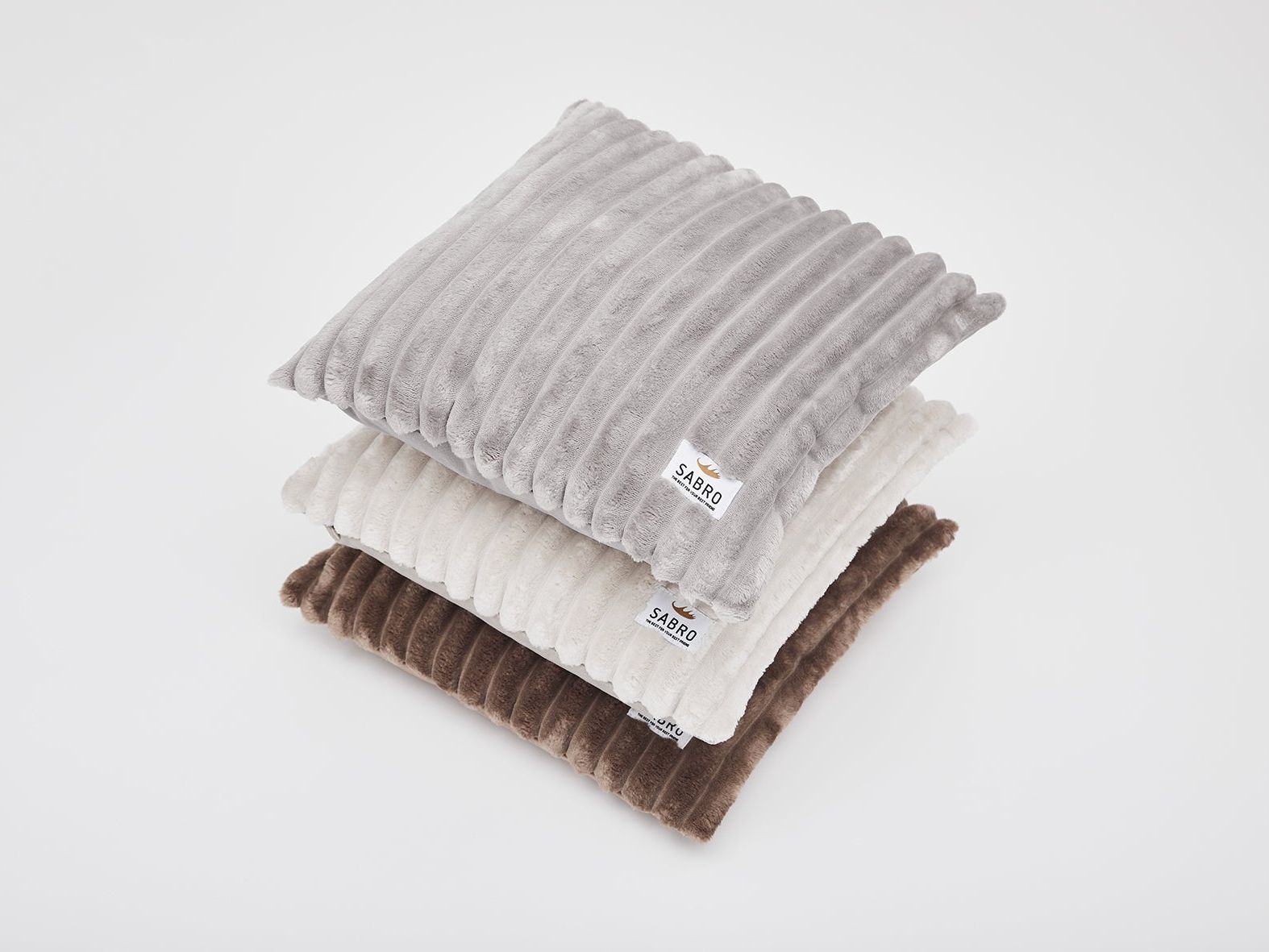
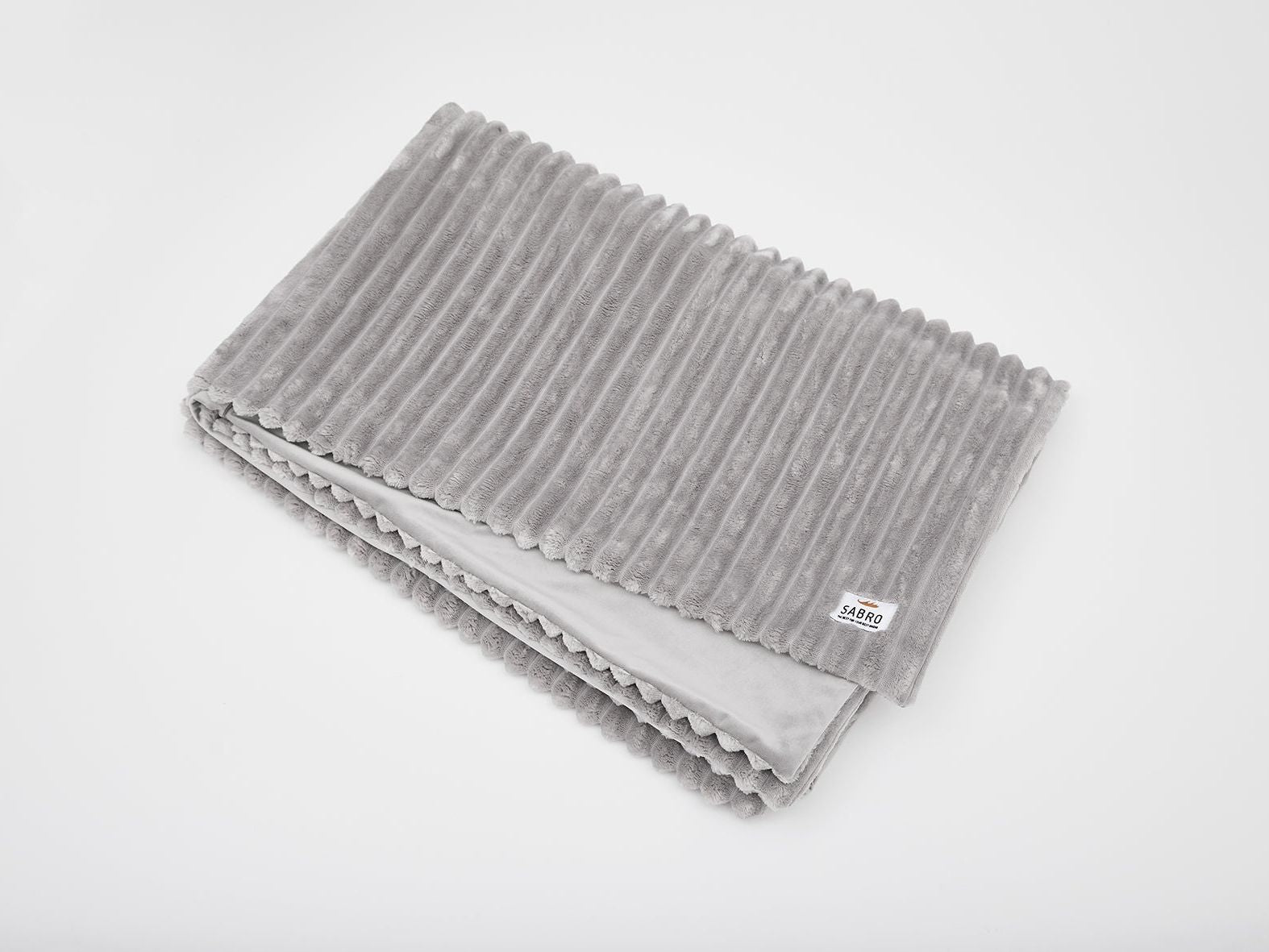
1 comment
Christine Kraft
My dog has osteoarthritis and she often lies very specially. I am now looking for the right bed for her. Unfortunately I can't attach a picture here.
My dog has osteoarthritis and she often lies very specially. I am now looking for the right bed for her. Unfortunately I can't attach a picture here.